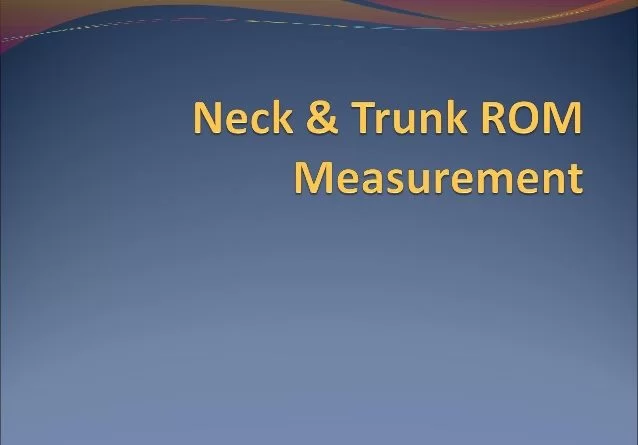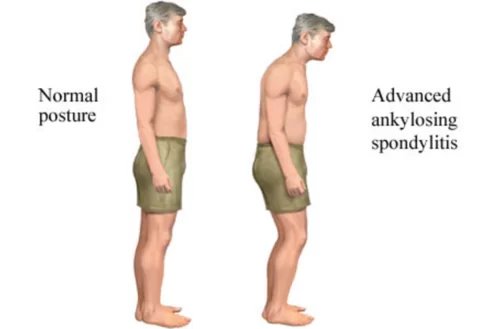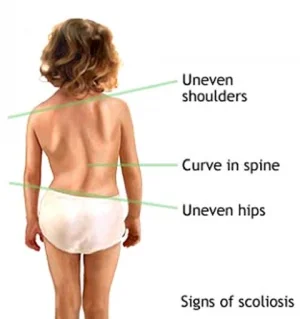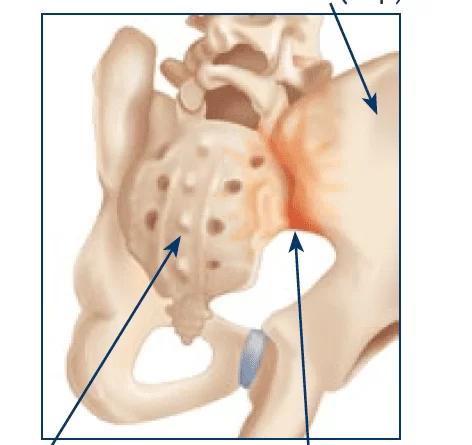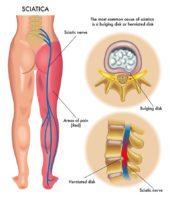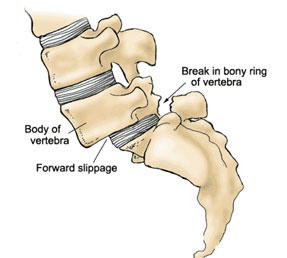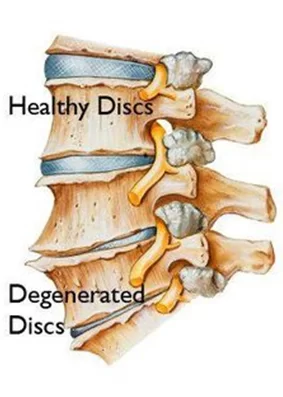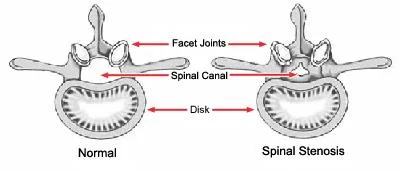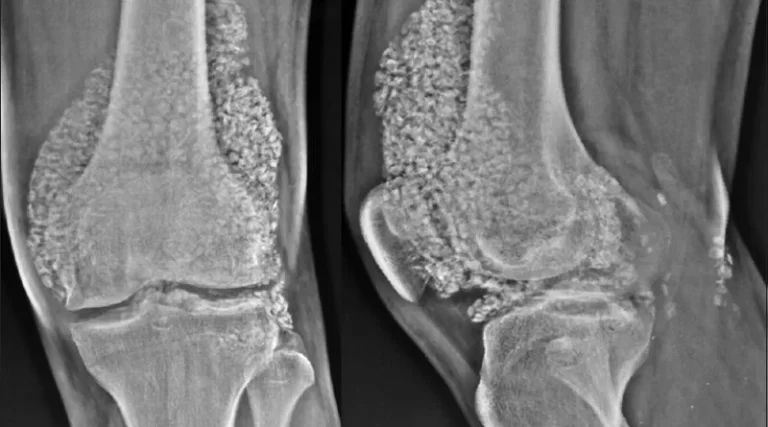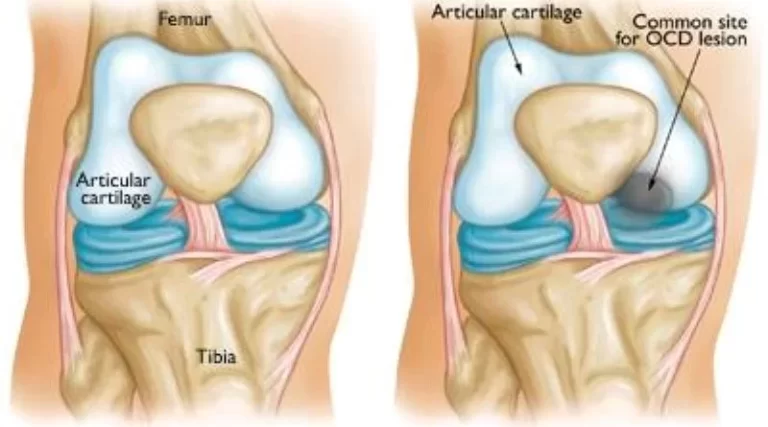PROCEDURE FOR NECK AND TRUNK RANGE OF MOTION:
Introduction of the neck and trunk ROM What is the goniometer? Various types of a Goniometer There are many types of goniometers available, but of all the types, a universal goniometer is the most widely used. Measurement for the cervical range of motion Techniques for using a goniometer Position and stabilize the cervical spine correctly…

